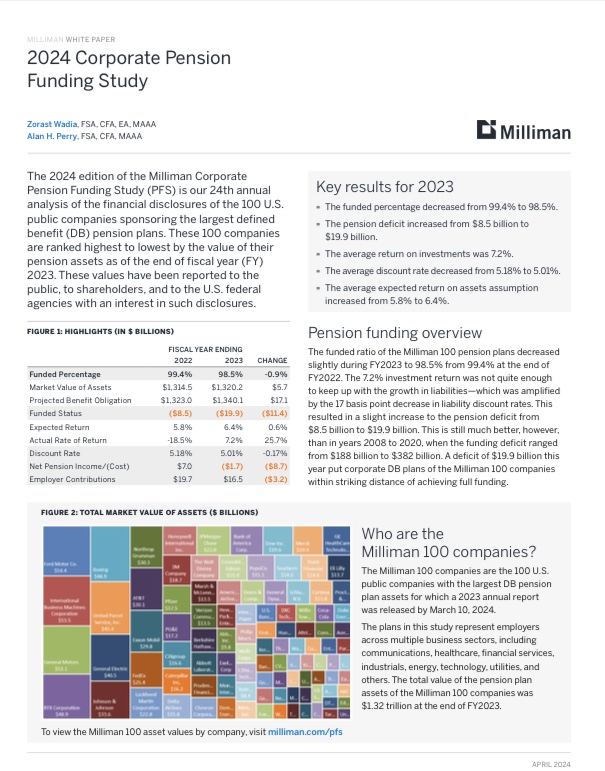US. Public Retirement Systems Need Policies for Navigating Volatile Financial Markets
Over the past decade, policy reforms and increased financial contributions have dramatically improved the cash flow situation of some of the nation’s most troubled state pension plans. Thanks to these changes, no state was at risk of pension insolvency as of fiscal year 2021. Yet for some states, these improvements won’t be enough to provide their pension systems—and the public employees and retirees who rely on them—with long-term stability. In 2021, once-in-a-generation investment returns raised state pension funding to levels...










